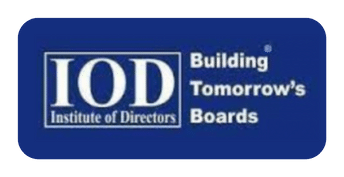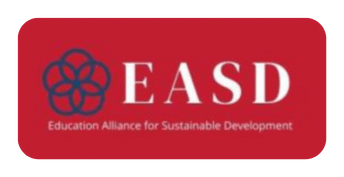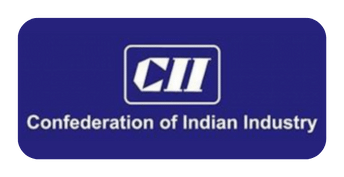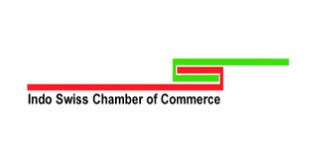SLX has launched Live Master Classes with deeper insights into sustainability, by industry experts. Enroll for the 45-minute session for free!

The certification course offers input from various experts from the industry. The course is validated globally with an industry-validated skills framework.

Do you want your job to be value-oriented? Or would you like your present job to shift focus towards meaning and value? Take this certification course and build what you are looking for!

The certification course will diversify your skillset. This will help you find better work opportunities in better companies!
The sessions will be delivered by world class faculty members with vast experience in the field of education and sustainability.
Our Certifications will help you integrate sustainable development processes and practices with ease into your deliverables & activities.
Our certification courses have comprehensive reference material on Sustainability, ESG, and many related topics.




A common dialogue surrounding sustainable development goals (SDGs) is promoting the use of clean and renewable energy. However, there are 17 SDGs and bringing affordable and clean energy is only one of them. While the world has made great progress in achieving this SDG, it seems to have lost momentum on other critical goals such as ending world hunger.
To better understand where the gaps are, I have made a simple table to showcase which of the SDGs are making headway and which of them are lagging. Each SDGs have a set number of targets assigned to them. Example – SDG 1: No Poverty has 7 targets and SDG 3: Good Health and Well-Being has 13 targets. So, I have categorised the SDG progress as follows –
 Source – The progress highlighted in UN’s SDG Knowledge Platform website was used to form this table https://sustainabledevelopment.un.org
Source – The progress highlighted in UN’s SDG Knowledge Platform website was used to form this table https://sustainabledevelopment.un.org
As you can see, only 4 of the SDGs have made a positive progress in the last 5 years. Whereas 9 of them have shown mixed results and 4 are signaling a declining trend. So, the question then is, why hasn’t significant progress been made on achieving the SDGs? It could be that countries aren’t making serious enough commitments. Private companies could be using SDGs as a global PR stunt, rather than make any meaningful strides to solve the problem.
Off the bat, it is not clear what the root cause of the issue is. But one thing is certain, we cannot continue business as usual. Well, we can, but that could mean not being able to achieve majority of the SDGs and risk causing irreversible damage to our planet. What do we do then? To start off with, if the SDGs are to succeed, it will depend on continued advocacy for each of its targets. Countries and companies will also need to start adopting meaningful and achievable short-term targets. This will allow us to be flexible and help in identifying roadblocks a lot quicker.
Finally, goals and targets can become meaningless if there are no consequences. But the question is, are companies going to wait for regulations to make them adopt SDGs or are they going to be proactive? By the same token, as private companies come under increased global pressure, what role will the trade associations play?